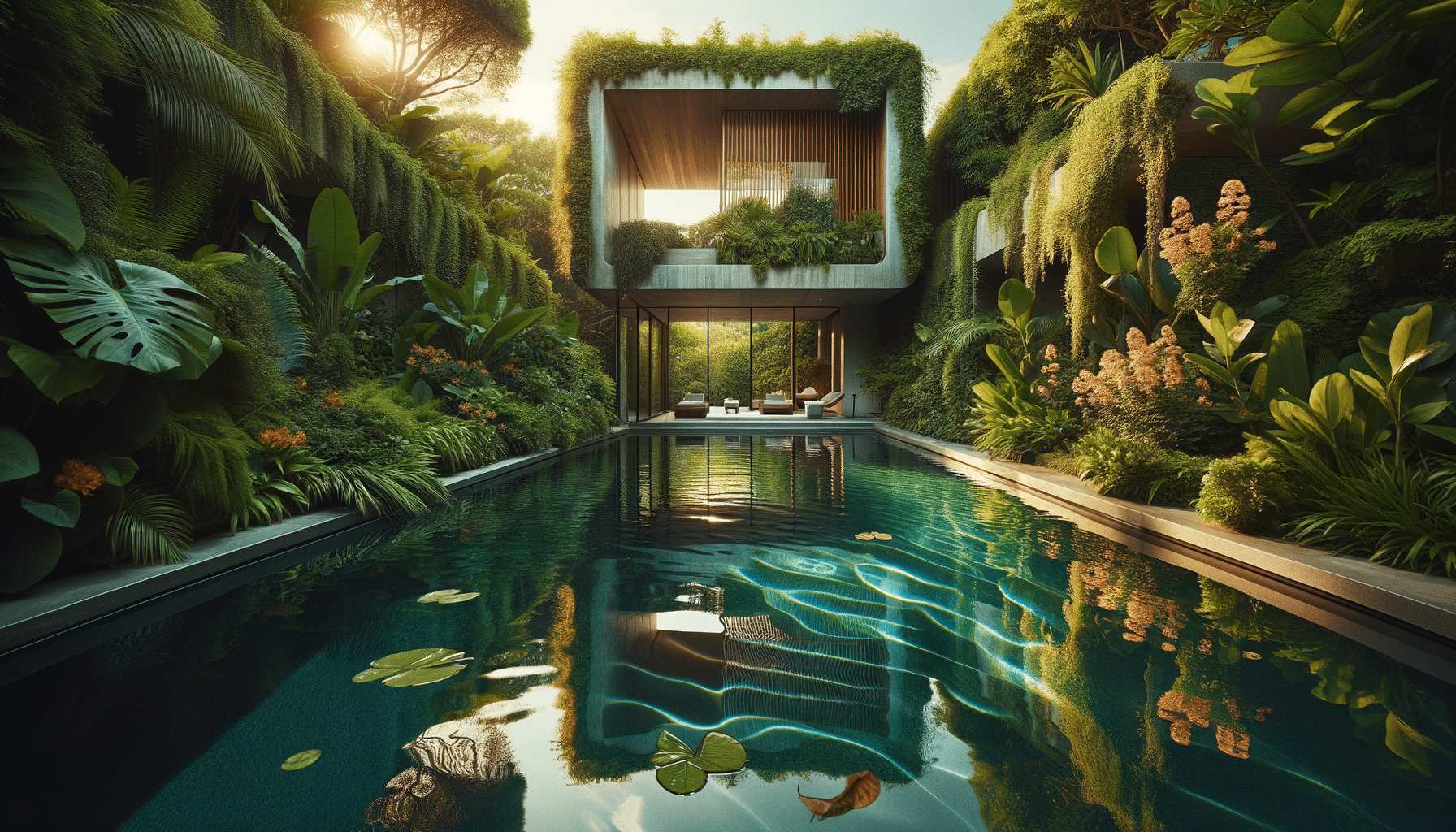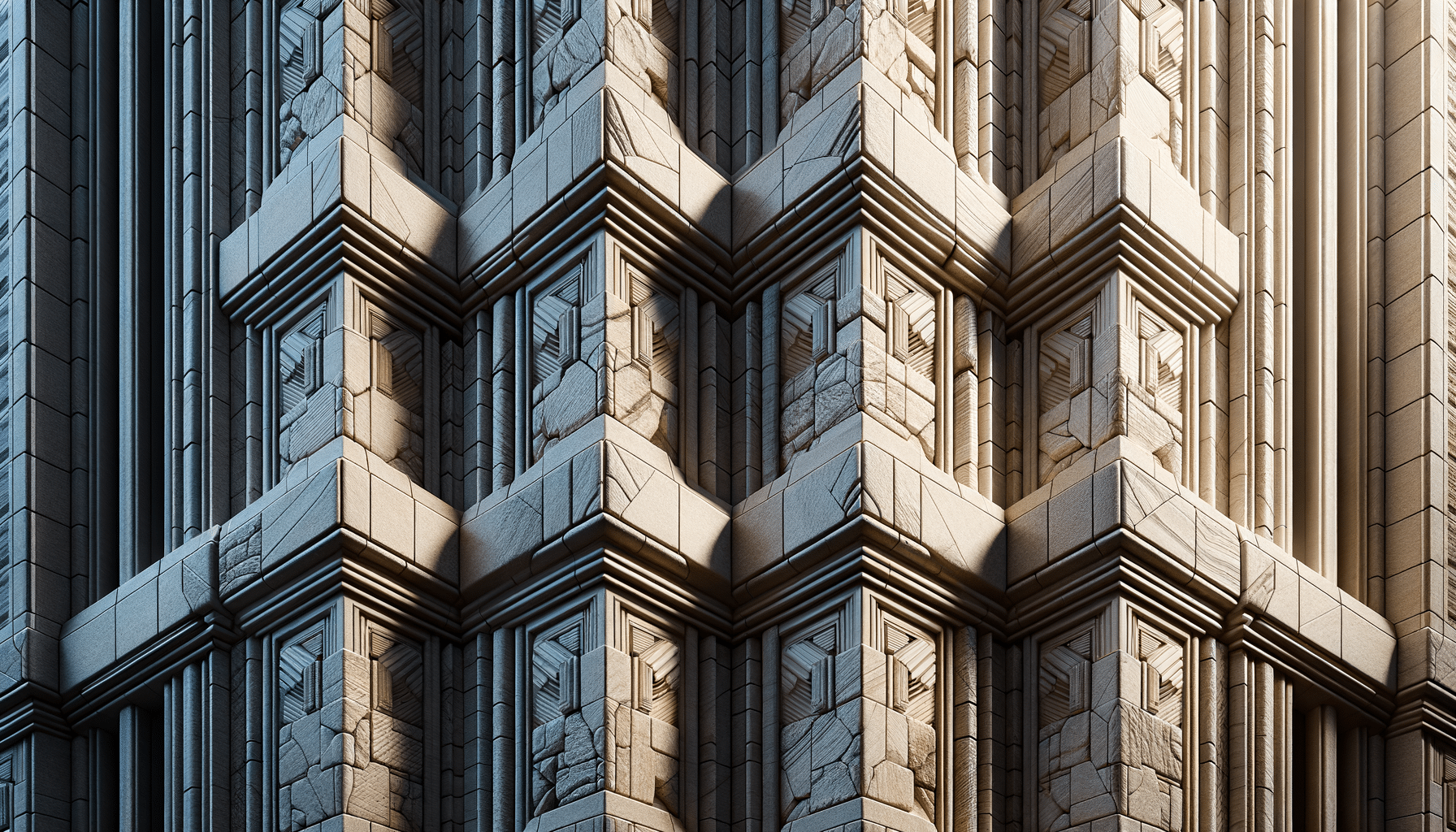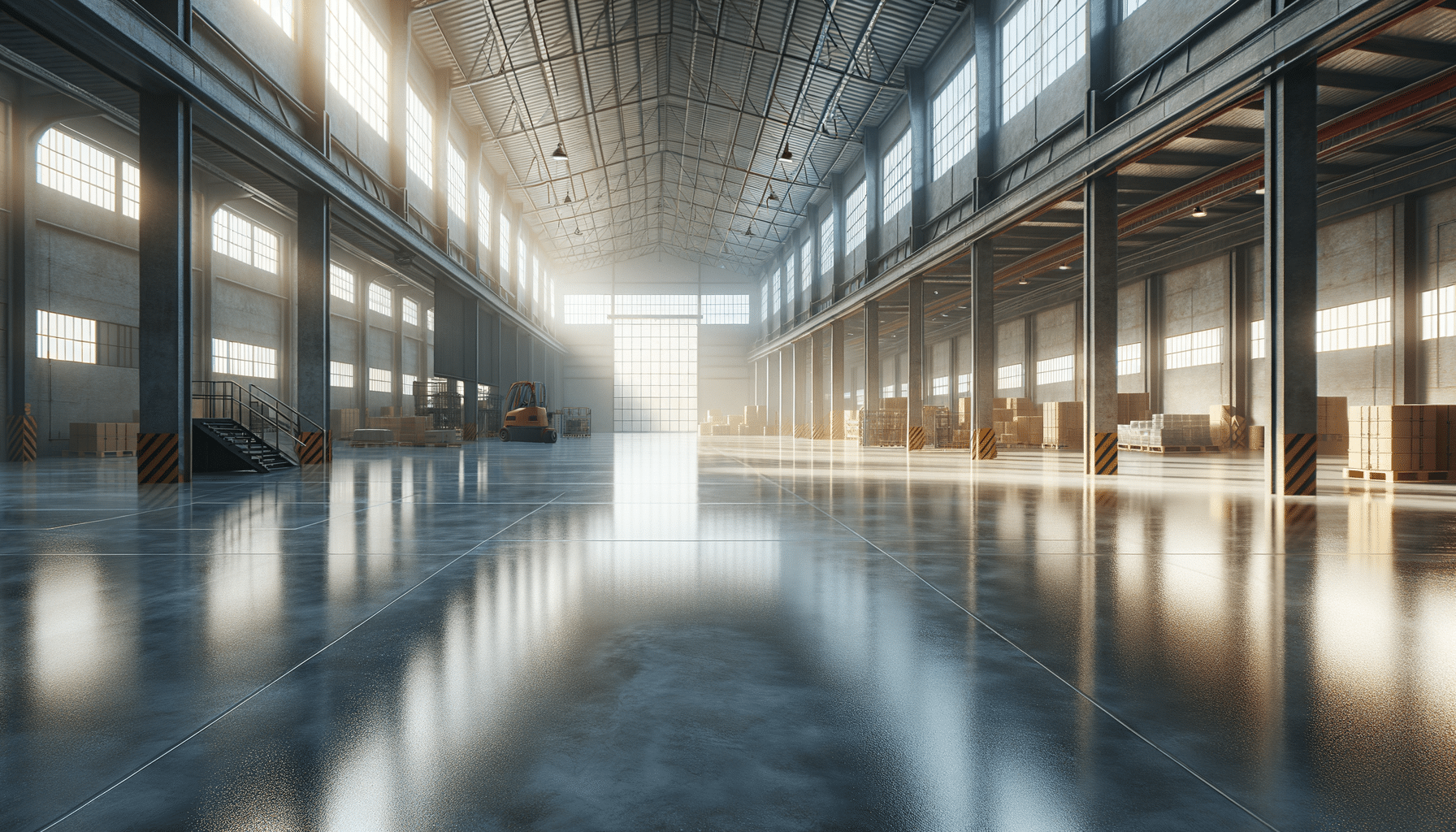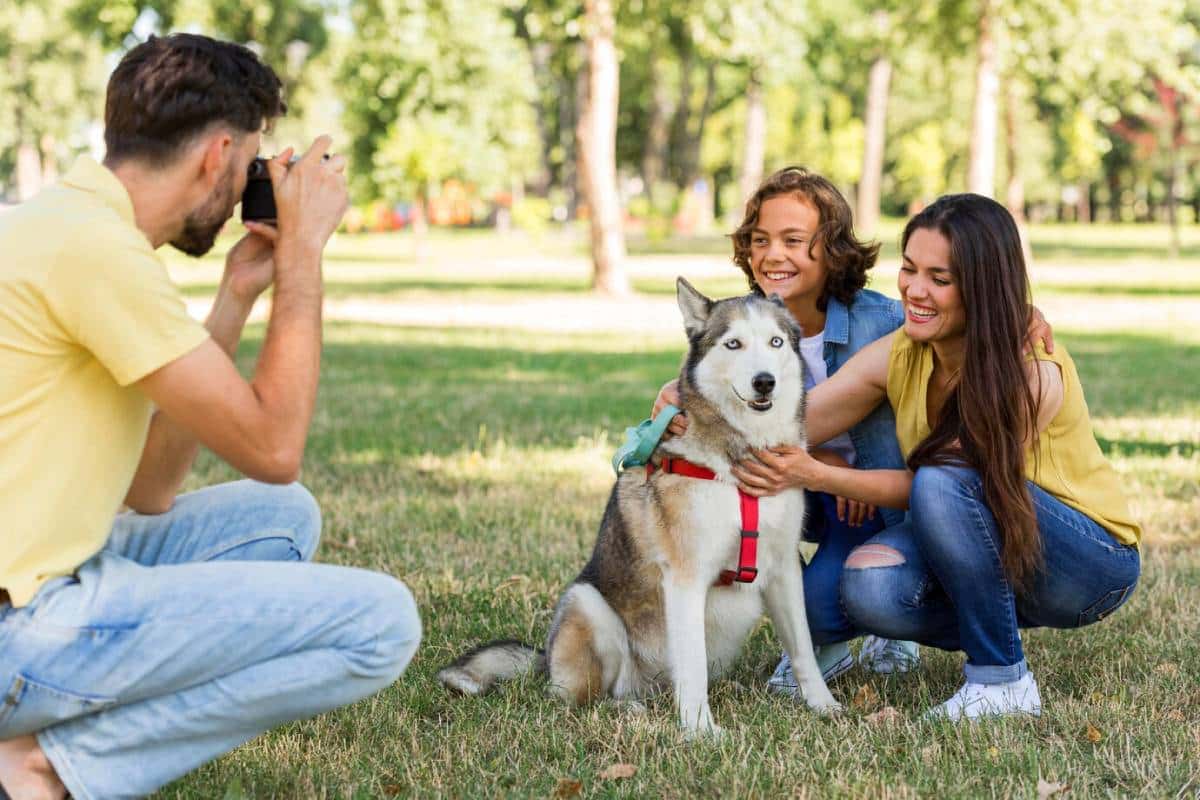
Using Natural Light for Beautiful Pet Photos
When it comes to pet photography, nothing enhances fur texture, eye sparkle, and natural expression quite like sunlight. Whether you’re capturing a dog at play in the garden or a cat sunbathing on the windowsill, natural light photography can bring out the beauty, detail, and charm of your pet like no artificial setup ever could.
Understanding how to use natural light properly will elevate your photos from simple snapshots to captivating portraits. In this guide, we’ll explore the best techniques for pet photo lighting, including tips for photographing pets outdoors, working with changing light conditions, and keeping your subject happy throughout.
Why Natural Light Works So Well
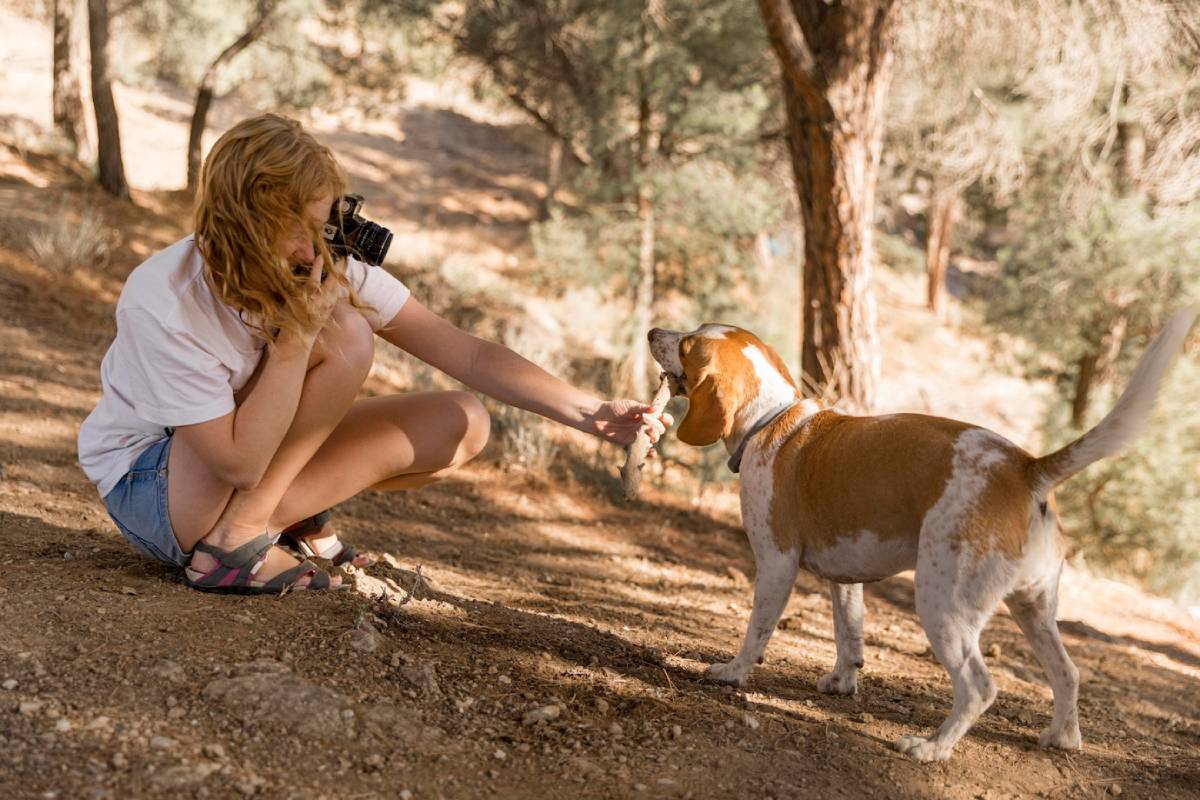
Natural light provides a soft, flattering quality that enhances the true colours and textures of your pet’s fur without creating harsh shadows or artificial tones. Unlike flash photography, which can startle animals or cause red-eye, sunlight helps maintain a relaxed atmosphere and creates more natural results.
Key benefits of using natural light include:
- More authentic and vibrant colours
- Enhanced eye detail and fur texture
- Reduced risk of startling or discomfort
- Better control over shadows and highlights
It’s also free, versatile, and available almost anywhere—no fancy equipment needed.
Best Times of Day for Natural Light Photography
The quality of natural light changes throughout the day. To make the most of it, time your shoot accordingly.
Golden Hour (Shortly After Sunrise or Before Sunset)
- Soft, golden tones
- Long shadows and warm highlights
- Ideal for calm, emotive pet portraits
- Especially flattering for light or long-haired pets
Overcast Days
- Even diffused light with minimal shadow
- Great for action shots or darker-coated pets
- Allows for flexible positioning without squinting or overexposure
Midday Sun
- Harsh and direct; can cause squinting, flat colours, and strong shadows
- Best avoided unless you use a shade or a diffuser
For indoor sessions, aim for times when sunlight is streaming through large windows, but avoid direct beams that might overexpose fur or cause glare.
Outdoor Pet Photography: Location and Setup
Photographing pets outdoors offers beautiful, dynamic settings, but it also introduces unpredictability. Choose your location carefully to balance aesthetic appeal and pet safety.
Ideal Spots Include:
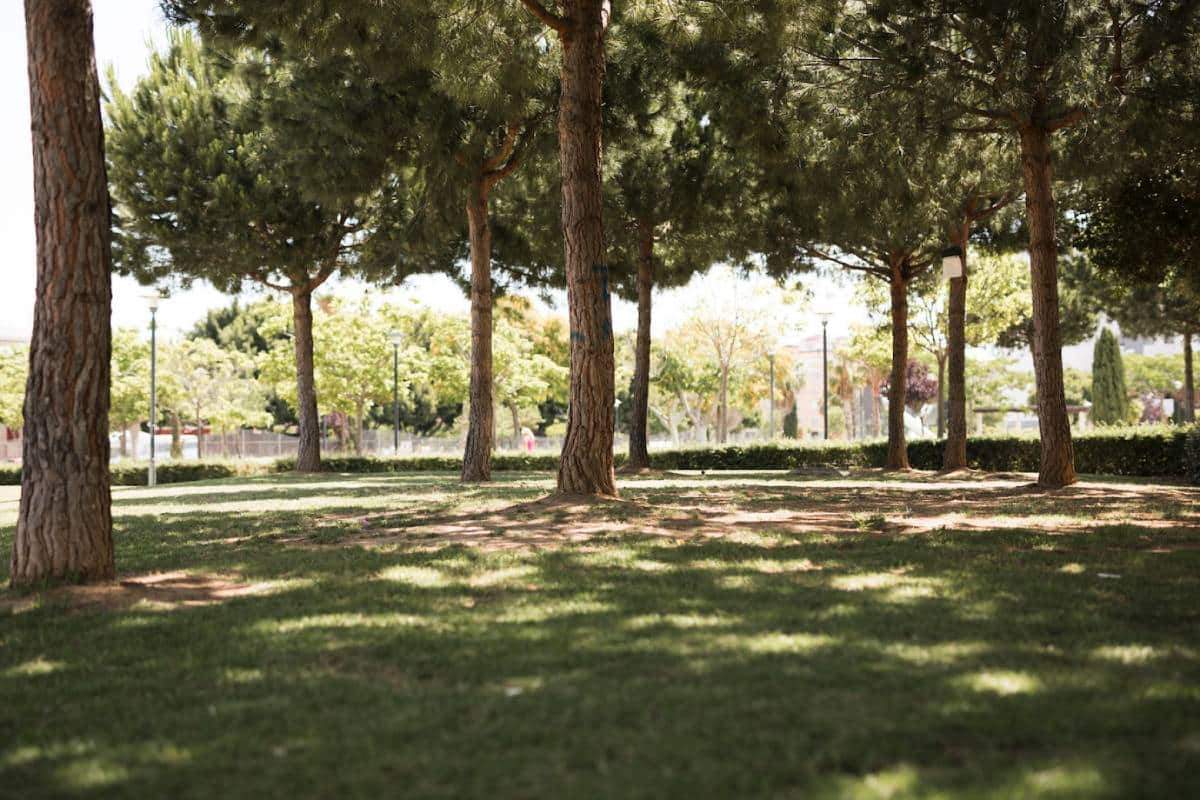
- Shady areas under trees
- Grassy gardens or meadows
- Beach or lakeside at golden hour
- Woodland trails with dappled light
Tips for Outdoor Sessions:
- Keep your pet on a lead if you’re in an unsecured area—use editing to remove it later if needed.
- Bring toys or treats to keep their attention.
- Avoid busy parks if your pet is easily distracted or nervous.
Be patient and allow time for your pet to settle into the environment before snapping away.
Indoors with Natural Light
If the weather isn’t ideal or you prefer indoor comfort, use windows and doorways to your advantage.
- Position your pet beside a window with soft, indirect light.
- Use light-coloured curtains as a natural diffuser if the sun is too harsh.
- Avoid backlighting unless you’re going for a silhouette effect.
- Place reflective surfaces (like white walls or boards) opposite the light source to bounce light back onto your subject.
A favourite sunny spot on the floor or sofa can provide a perfect, relaxed scene for a portrait.
Mastering Directional Lighting
The angle and direction of light can dramatically alter the mood and look of your photo.
Front Lighting
- Light comes from behind you and hits your pet directly
- Minimises shadows and shows all features clearly
- Great for capturing happy, expressive shots
Side Lighting
- Creates contrast and highlights texture, especially in fur
- Adds drama and depth to portraits
- Excellent for showing off facial structure
Backlighting
- Creates glowing edges around the fur
- Works beautifully during golden hour
- Requires exposure adjustment to avoid silhouettes (unless that’s the goal)
Experiment with different angles by simply moving around your pet. Even a slight shift can change the entire mood of the image.
Capturing Emotion and Personality
Natural light enhances the raw emotion in a photo—whether it’s a sleepy yawn, a focused stare, or a playful leap.
To capture personality:
- Wait for the right moment rather than trying to pose
- Use treats or toys to direct their gaze
- Focus on the eyes—especially in natural light, they’ll sparkle beautifully
- Get down to their level for more intimate, engaging shots
Shoot in burst mode if your pet is on the move, and review your shots in between to adjust your approach as needed.
Pet Photo Lighting: Quick Tips for Success
- Avoid harsh midday sun unless using shade or a diffuser
- Never use flash—it flattens fur and can frighten animals
- Focus on the eyes—they bring your photo to life
- Be patient—natural light shifts and pets take time to settle
- Keep sessions short and fun to avoid fatigue or restlessness
Editing Natural Light Pet Photos
Post-processing can help enhance what natural light has already given you.
- Increase brightness slightly if shadows are too deep
- Boost contrast and saturation carefully to enhance colours
- Sharpen eyes and details gently for more impact
- Crop to focus on your pet’s expression or remove distractions
Even a light touch can make a good photo great while maintaining the natural beauty of the scene.
Final Thoughts: Let Nature Do the Work
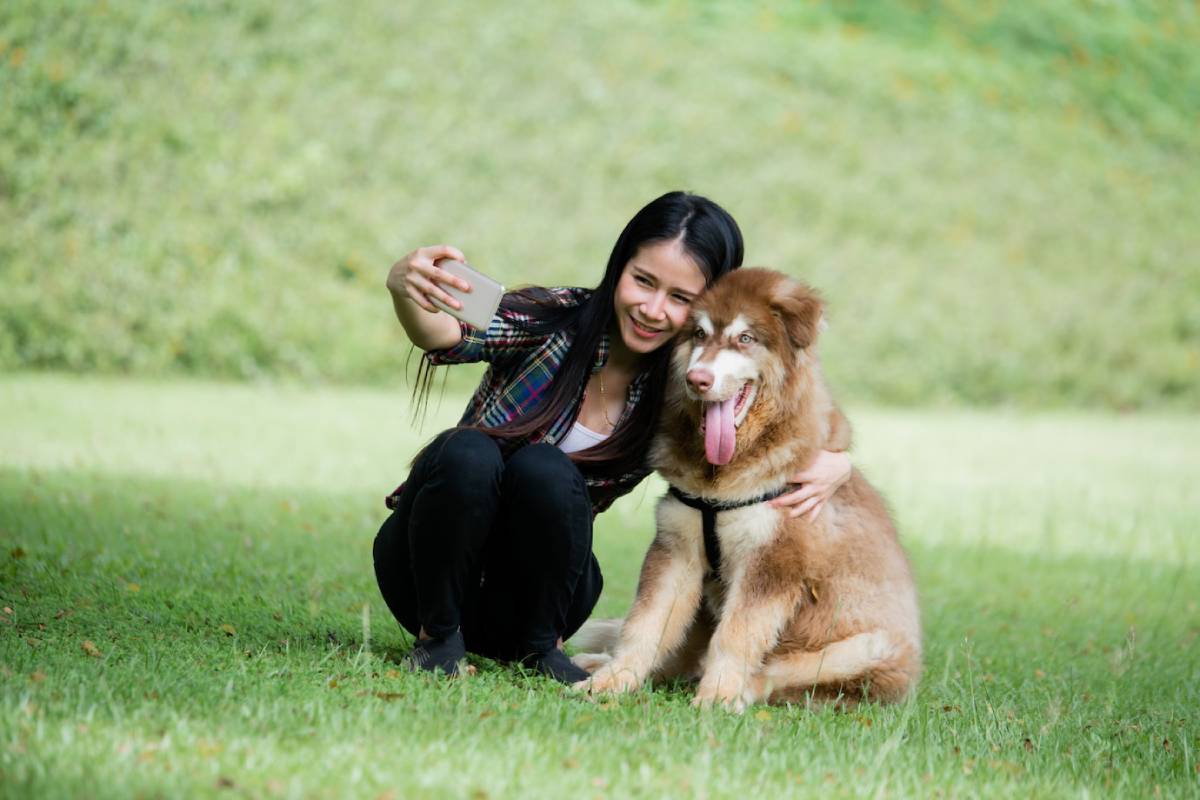
The beauty of natural light photography is that it brings out your pet’s personality without needing complicated gear or staged setups. Whether you’re indoors by a window or photographing pets outdoors on a scenic walk, understanding pet photo lighting allows you to create images that are full of warmth, texture, and soul.
With a bit of patience, the right timing, and some creative positioning, you’ll find that some of your best pet portraits come not from forced poses—but from the candid, light-filled moments when your pet is simply being themselves.
